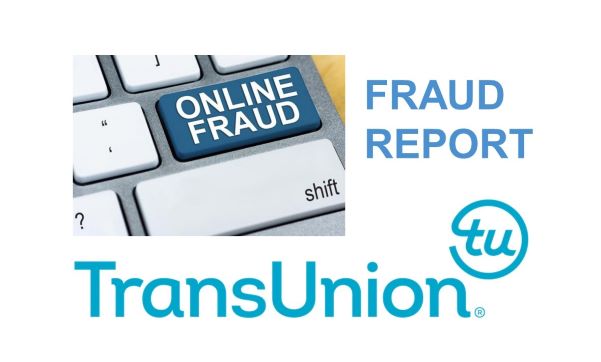The continuous growth of e-commerce could be behind a surge in shipping fraud, which is now the fastest growing type of digital fraud worldwide, according to TransUnion’s (NYSE: TRU) 2022 Global Digital Fraud Trends Report.
TransUnion observed an influx in shipping fraud in 2021, resulting in a 780.5% year-over-year (YoY) global increase. When compared to a two-year timeframe from 2019 to 2021, TransUnion data shows shipping fraud grew more than 1,500+%.
Shipping fraud – defined as when a buyer spoofs a shipping address or when a seller receives payment for goods or services, but never ships  to the buyer – has quickly emerged as one of the top fraud types across a variety of industries. This issue, however, was most prominent in the logistics industry where consumers purchase goods online and are then reliant on third-party carriers for transportation and delivery of items.
to the buyer – has quickly emerged as one of the top fraud types across a variety of industries. This issue, however, was most prominent in the logistics industry where consumers purchase goods online and are then reliant on third-party carriers for transportation and delivery of items.
“As consumers shifted from brick-and-mortar retailers to e-commerce platforms over the course of the pandemic, fraudsters gravitated toward where consumers were increasingly spending both time and money,” said Shai Cohen, senior vice president and global head of fraud solutions at TransUnion. “Online shopping has become the ‘new normal’ on a global scale and as a result, the propensity for shipping fraud has also increased.”
As consumer adoption of digital channels has continued to accelerate, the global rate for all types of suspected digital fraud attempts increased 9.4% YoY from 2020 to 2021 and 52.2% from 2019 to 2021. In addition to shipping fraud, other types of fraud that experienced large increases when comparing 2020 to 2021 include business identity theft (+113.8%) and identity mining / phishing attempts (+104.8%) which both showed high rates of annual growth. According to TransUnion’s recent survey of 12,500 adults worldwide, 62% of consumers reported identity theft as their greatest concern when it comes to digital fraud.
Source: TransUnion Philippines


























